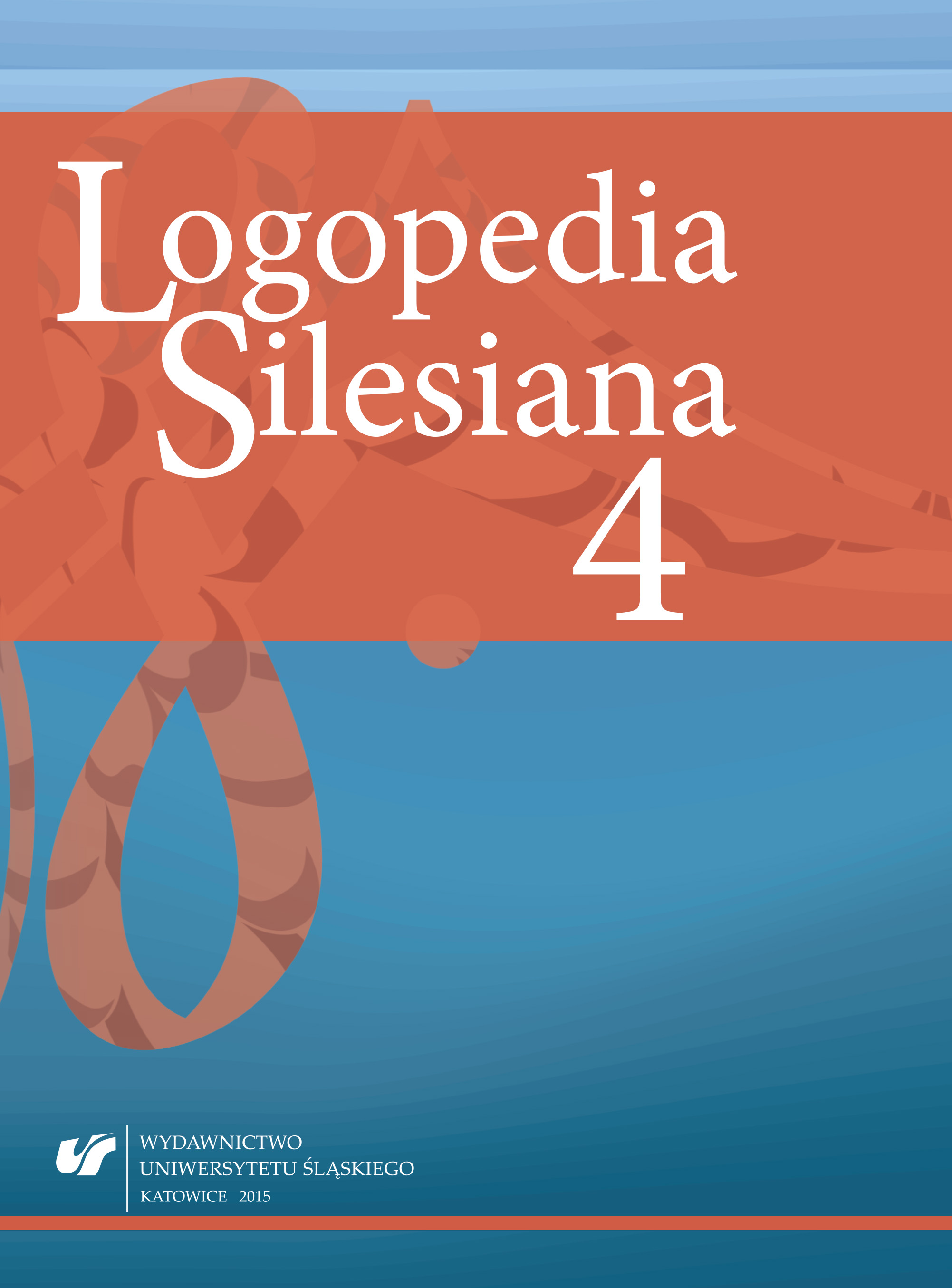Jolanta Panasiuk
jolanta.panasiuk@poczta.umcs.lublin.pl
Bio Statement (e.g., department and rank)
dr hab., pracuje w Zakładzie Logopedii i Językoznawstwa Stosowanego Uniwersytetu Marii Curie-Skłodowskiej w Lublinie. Prowadzi badania naukowe z zakresu teorii komunikacji, tekstologii i neurologopedii. Jest autorką ponad 140 publikacji naukowych, w tym standardów postępowania logopedycznego w przypadkach afazji, pragnozji, alalii i niedokształcenia mowy o typie afazji. Jest specjalistą z zakresu diagnozy i terapii zaburzeń mowy u dzieci i dorosłych chorych neurologicznie, ekspertem w dziedzinie afazjologii. Pełniła funkcje Sekretarza Polskiego Towarzystwa Logopedycznego i konsultanta krajowego w dziedzinie neurologopedii.



 10.31261/LOGOPEDIASILESIANA
10.31261/LOGOPEDIASILESIANA